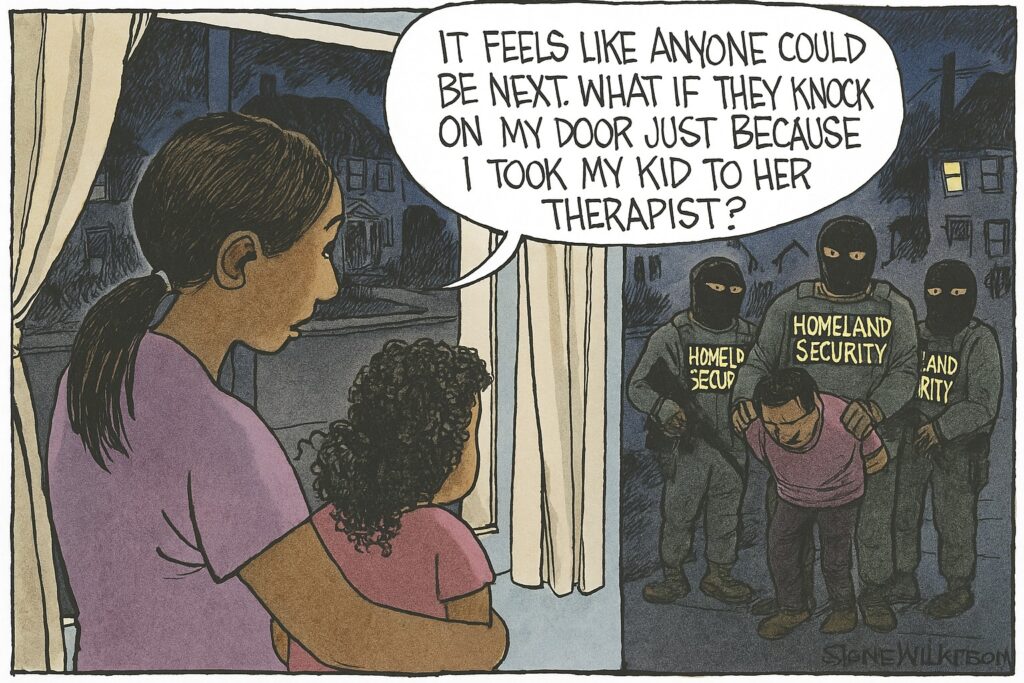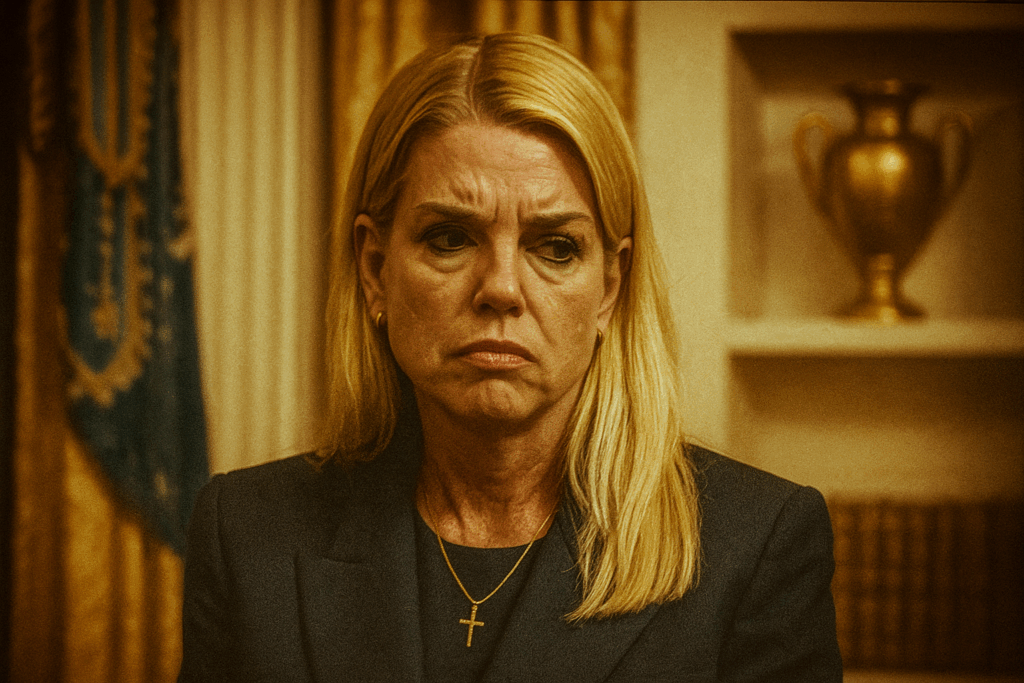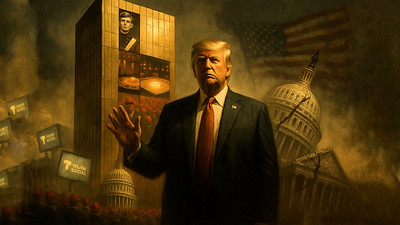
The Trump administration has redrawn the map of immigration enforcement in a single announcement. What began as a system of entry rules has become an open-ended review of presence itself. The new directive throws 55 million visa holders—students, workers, and families who followed the law—into limbo. Their legal documents, once proof of compliance, are now subject to indefinite re-examination.
This is not a shift at the border. It is a shift inside communities. It means the science researcher who has been at a U.S. lab for a decade, the nurse filling a rural hospital’s staffing gap, the construction worker on a public project—all are told their standing is no longer secure. It is surveillance turned backward, targeting people who already cleared every hurdle required to be here.
The effect is not just fear. It is economic sabotage. When businesses and universities cannot trust that the people they depend on will be allowed to stay, they stall investments, cancel projects, and watch talent drain away. A nation that claims to defend its own workforce is at the same time undermining the infrastructure that workforce needs to thrive.
But the deeper fracture is democratic. If legal presence can be revoked retroactively, then compliance is meaningless. Law becomes less a framework for belonging than a pretext for exclusion, applied whenever politics demand it. That lesson does not stay confined to immigration. Once the precedent is set—that permission is provisional, that rules can be rewritten midstream—it spills into other arenas. Civil rights, environmental protections, labor guarantees: all become contingent, vulnerable to rollback.
That is why this moment matters beyond immigration policy. The question is not only who gets to stay. It is whether law in the United States remains something that binds power, or something power can discard when it chooses.
 The Trump administration’s latest move has widened the net of immigration enforcement to a scale the country has never seen before. In the last 24 hours, officials confirmed a policy shift that directly impacts an estimated 55 million visa holders already inside the United States. What had once been the territory of border enforcement and visa screening for new arrivals is now being retrofitted into a vast retroactive system aimed at those who have long since cleared the government’s background checks.
The Trump administration’s latest move has widened the net of immigration enforcement to a scale the country has never seen before. In the last 24 hours, officials confirmed a policy shift that directly impacts an estimated 55 million visa holders already inside the United States. What had once been the territory of border enforcement and visa screening for new arrivals is now being retrofitted into a vast retroactive system aimed at those who have long since cleared the government’s background checks.











